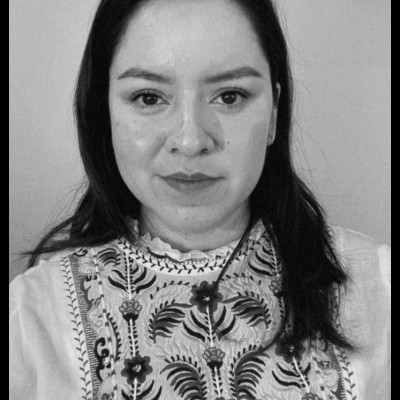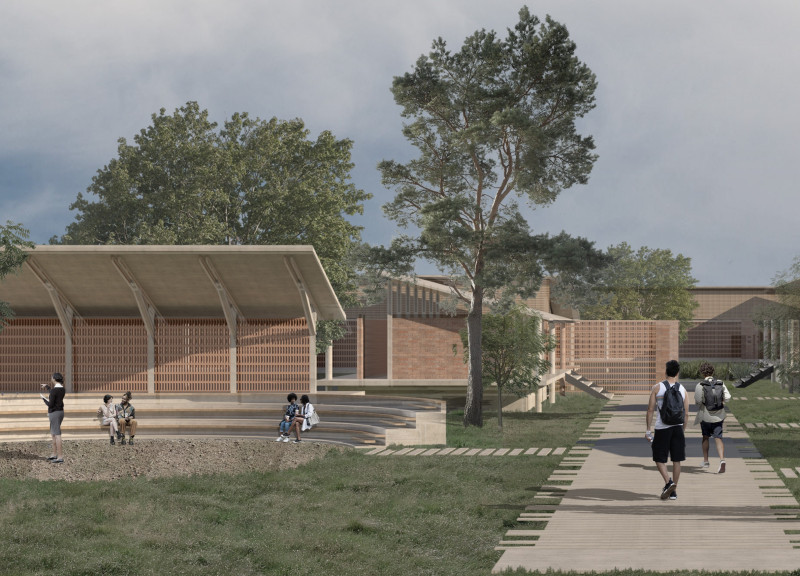5 key facts about this project
Functionally, the project serves as a multifaceted space, catering to various activities that enhance the user experience. This adaptability is essential, as it allows for both public and private engagement, accommodating diverse needs within the community. The layout encourages movement through the space, promoting interaction and inclusivity among users. The careful consideration of different zones within the architecture enables a fluid transition between areas, enhancing the overall functionality of the design.
The design employs a selection of materials that align with its sustainable ethos. The primary materials used include locally sourced timber, glass, and concrete, chosen not only for their structural qualities but also for their aesthetic benefits. The use of timber introduces warmth to the design, creating an inviting atmosphere that connects visitors to nature. In contrast, expanses of glass facilitate natural daylight penetration, fostering a bright and airy environment. Concrete elements provide durability and a sense of permanence, anchoring the structure within its landscape.
Unique design approaches are evident throughout the project. For instance, the integration of green roofs and walls illustrates a commitment to environmental sustainability, providing natural insulation and contributing to local biodiversity. The architectural layout maximizes passive solar gain, reducing the need for artificial heating and cooling systems. Additionally, strategic placement of windows frames picturesque views of the surrounding area, purposefully blurring the boundaries between indoor and outdoor spaces.
One notable aspect of the design is its ability to adapt to seasonal changes. The architecture incorporates adjustable shading devices that enhance thermal comfort, allowing for flexible use throughout the year. This responsiveness to climate conditions adds a layer of sophistication to the overall design strategy, embodying a forward-thinking approach to architecture that is increasingly relevant in today’s context.
The project’s relationship with its geographical location plays a critical role in shaping its identity. By contextualizing architectural decisions within the specific environmental and cultural attributes of the site, the design resonates with local heritage while pushing the boundaries of modern practices. It exemplifies how architecture can be a vessel for community identity, encouraging a sense of belonging among residents and visitors alike.
As one navigates through the spaces, attention to detail becomes evident. From the carefully selected finishes to the meticulous alignment of structural elements, every aspect of the project reflects a deep respect for craftsmanship. The architecture speaks to both comfort and functionality, ensuring that users feel at ease while also engaged with their surroundings.
In exploring this architectural endeavor, readers are encouraged to dive deeper into the project presentation for additional insights. Reviewing elements such as architectural plans, architectural sections, architectural designs, and architectural ideas can provide a comprehensive understanding of the intent and execution behind this thoughtful project. The nuances of the design reveal the layers of consideration that have gone into creating a harmonious balance between architecture and its environment, illustrating a blueprint for future developments in similar contexts.


 Abraham Tuachi Ambe,
Abraham Tuachi Ambe,  Luz De Los Angeles Lizarraga Santos,
Luz De Los Angeles Lizarraga Santos,  Brenda Yannet Avila Suarez
Brenda Yannet Avila Suarez 




















